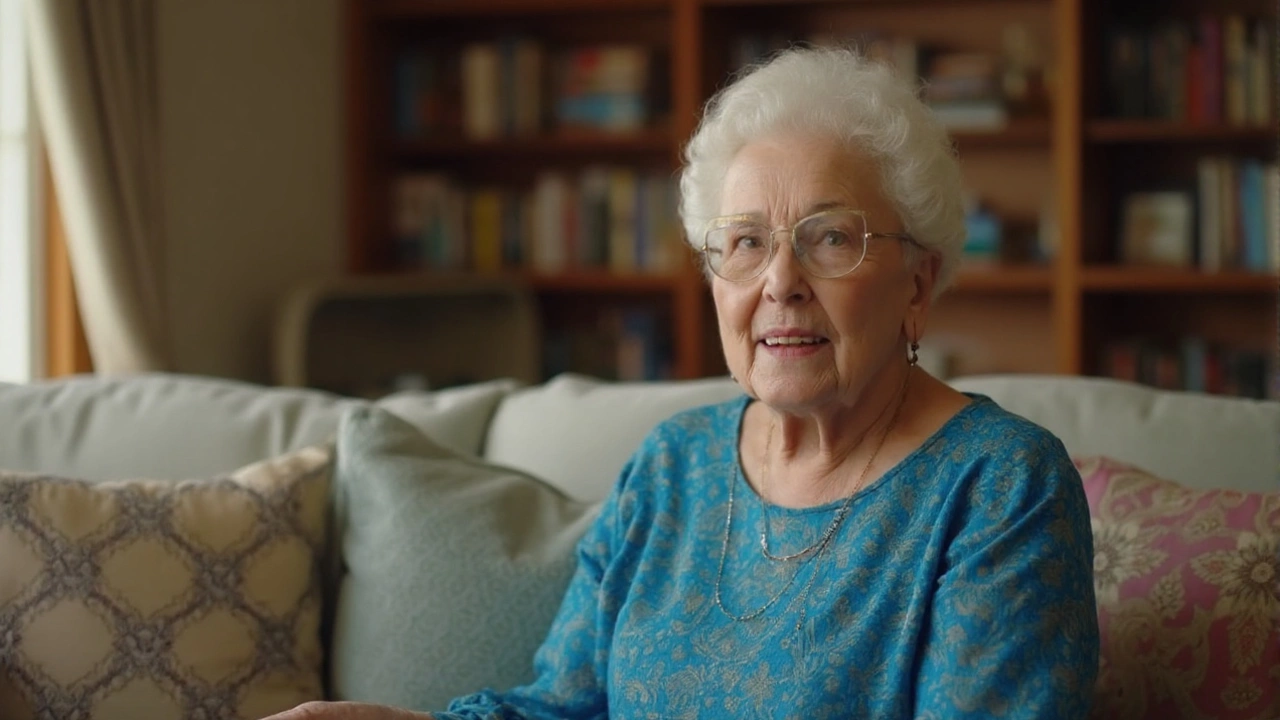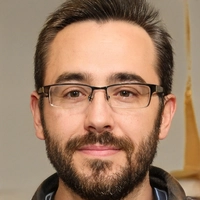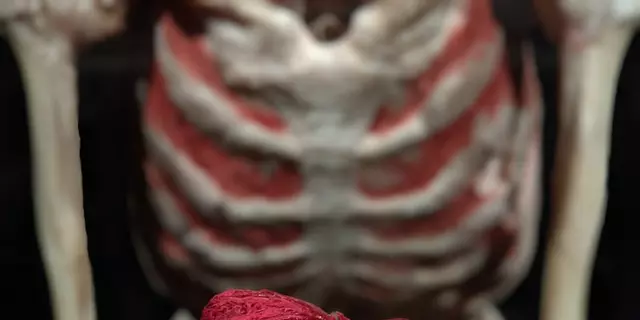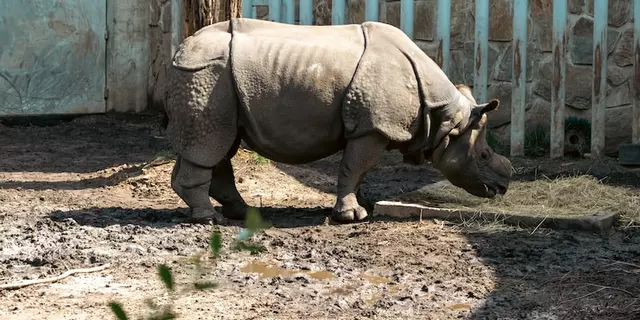From Germany to Fort Lauderdale: A Journey of Survival
When Ruth DiStefano looks back on her childhood in a small German town, she sees a world that feels almost fictional: bright schoolbooks, Sunday outings to the park, and a family that sang together over the dinner table. Those early memories are tucked away in faded photographs, each one a snapshot of a life that would soon be ripped apart by the rise of the Nazi regime.
By the early 1930s, the changes were subtle at first—mandatory swastikas on public buildings, a new set of rules in schools. But the rules grew harsher. Jewish children who once chased each other on swing sets were suddenly barred from the playground. Shops that had always welcomed Ruth’s family turned their signs to "Juden verboten" and began refusing service. The DiStefanos, like many other Jewish families, were forced into a shrinking world of designated stores and segregated neighborhoods.
Ruth’s most vivid recollection is of a chilly autumn morning when uniformed officers rounded up every Jewish man and boy in her town. The streets echoed with shouted commands, and families watched in horror as fathers and older siblings were led away, never to return. The terror that followed was a constant companion—doorbells that never rang, whispers behind closed doors, and the ever‑present question of when the next raid would come.
In 1940, after months of hiding, rationing, and scrambling for any scrap of information, the family took a desperate gamble. With a meager bundle of belongings and a sliver of hope, they boarded a cramped ship bound for the United States. The journey was a blur of sea spray, cramped quarters, and whispered prayers. Their destination: Baltimore, where distant relatives had promised a place to stay and a hand to help rebuild a shattered life.
Fort Lauderdale eventually became Ruth’s home, a city whose sunny skies and gentle ocean breezes stood in stark contrast to the gray winters of her youth. Over the decades, she built a new family, learned new customs, and embraced the vibrancy of the local Jewish community. Yet the weight of her past never fully lifted; it settled like a quiet hum beneath the surface of everyday life.
Now, at 97, Ruth chooses moments of deep cultural significance—like the High Holidays—to share her story. She walks onto community centers, synagogues, and school auditoriums, clutching a photo album that still holds that first‑day‑of‑school picture. As a Holocaust survivor, her voice carries an authority that textbooks can’t replicate. She speaks not just of the horrors she endured, but of the small acts of kindness that kept hope alive: a neighbor slipping a family a loaf of bread, a hidden cellar that kept a child safe for one night, a stranger’s whispered warning that saved a life.

Why Her Testimony Matters Today
The Jewish community in South Florida sees Ruth’s testimony as more than a historical recount; it’s a living lesson in resilience. Younger members, many of whom have never known anything beyond safety and prosperity, sit in stunned silence as she describes the night the streets were silent after the arrests. The emotional reaction—tears, gasps, occasional laughter at a memory of a hidden joke shared in a cellar—creates a bond across generations.
Educators use Ruth’s firsthand account to supplement curricula that often reduce the Holocaust to dates and statistics. By hearing the story of a real person who walked out of Europe on a ship, students grasp the human scale of the tragedy. They learn that survival required not just luck, but a network of strangers willing to risk everything, and an unbreakable inner resolve.
Beyond the classroom, local organizations have begun pairing survivors with youth mentors. These pairings allow older voices like Ruth’s to guide younger people through questions about identity, faith, and the meaning of remembrance. In a time when Holocaust denial and distortion are on the rise, such direct engagement becomes a powerful antidote.
Ruth’s appearance ahead of Rosh Hashanah adds a spiritual layer to her narrative. As the Jewish New Year approaches—a time of reflection, repentance, and renewal—her story underscores the core values of the holiday: the importance of memory, the insistence on hope, and the responsibility to carry forward lessons learned.
Community members often remark that hearing Ruth speak feels like stepping into a time machine. The room fills with the scent of old pine wood from the synagogue, the soft rustle of prayer books, and the quiet hum of collective breathing. When she finishes, there is a palpable pause before applause erupts, a sign that the audience is processing more than just facts—they’re feeling the weight of a lived experience.
Ruth’s resilience also offers a template for how survivors of any trauma can reclaim agency. She has turned a harrowing past into a catalyst for community building, showing that personal testimony can spark collective healing. As the High Holidays draw near, her voice becomes a beacon, reminding everyone that even in the darkest chapters, the human spirit can find a way to shine.






